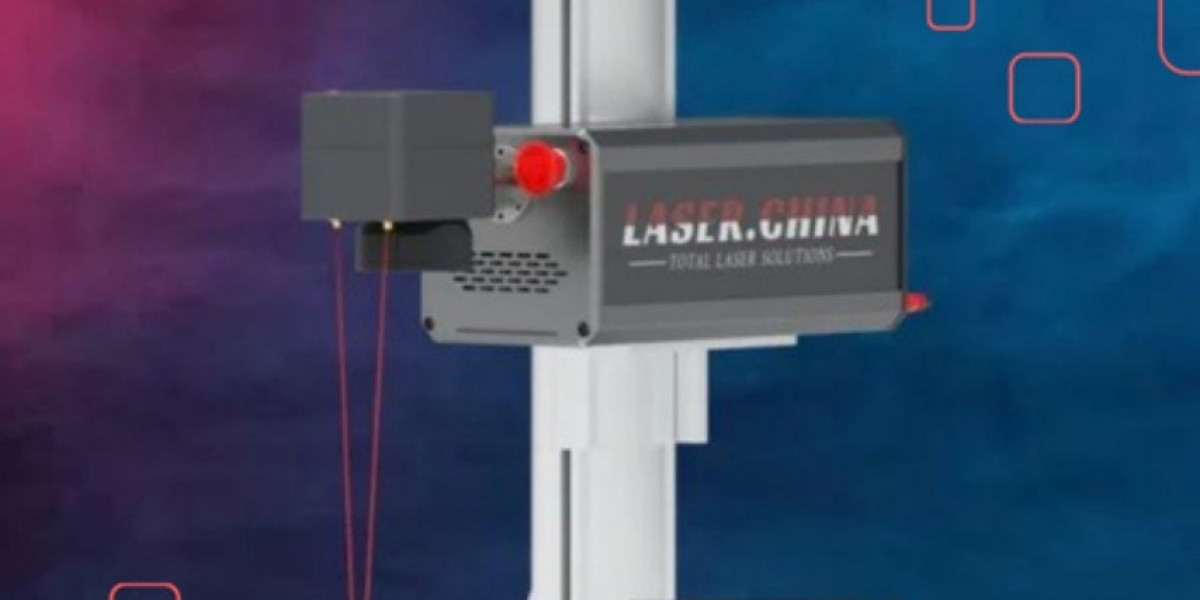A laser level is a precision tool that projects a highly visible laser beam to establish straight lines, accurate levels, or alignment points on surfaces. It is widely used in construction, carpentry, surveying, and interior design for tasks that require exact horizontal, vertical, or angled reference points. Unlike traditional bubble levels, which rely on manual observation, laser levels provide faster, more accurate, and hands-free measurements over longer distances.
The working principle of a laser level is simple yet powerful. The device contains a laser diode that emits a concentrated beam of light, which is projected as a straight line or a series of reference points. Depending on the type of laser level, it can project beams in one direction, in multiple directions, or even a full 360-degree plane around a room or construction site. Most modern laser levels are equipped with self-leveling technology, which automatically adjusts the beam to ensure it is perfectly straight, even if the device is placed on slightly uneven ground.
There are different types of laser levels, each designed for specific applications:
Line laser levels: Project straight horizontal or vertical lines, commonly used for aligning tiles, cabinets, or shelves.
Dot laser levels: Emit multiple laser dots to mark precise points for drilling, framing, or partitioning walls.
Rotary laser levels: Project a 360-degree rotating laser beam, ideal for large-scale construction projects such as grading, foundation leveling, or landscaping.
Cross-line laser levels: Combine vertical and horizontal lines to form a cross, perfect for indoor finishing work like aligning wallpaper, windows, and doors.
The applications of laser levels are extensive. In construction, they are indispensable for tasks like setting foundations, aligning walls, checking elevations, and installing ceilings. In interior work, they are used to mount cabinets, align tiles, hang artwork, or ensure electrical outlets and fixtures are level. Surveyors and landscapers use rotary laser levels outdoors to measure slopes, align fencing, or set drainage systems. Even DIY enthusiasts find laser levels useful for small home improvement projects.
The advantages of using a laser level are clear. Firstly, it ensures high accuracy, often within millimeters over long distances. Secondly, it saves time by providing immediate reference lines without constant manual adjustments. Thirdly, it improves efficiency in large projects where multiple workers rely on the same reference lines. Laser levels are also versatile and portable, with compact designs that make them easy to set up and carry between job sites. Many modern laser levels come with additional features such as remote controls, rechargeable batteries, and compatibility with laser detectors for outdoor use in bright sunlight.
However, choosing the right laser level depends on the project requirements. For small indoor tasks, a simple cross-line level may be sufficient, while large-scale construction often requires a heavy-duty rotary laser with a long range. Budget, durability, and ease of use are also important factors to consider.
In conclusion, a laser level is an essential tool in modern construction and alignment work, providing unmatched precision and convenience. From large infrastructure projects to small home renovations, it helps professionals and DIY users achieve perfectly straight, accurate, and reliable results. As technology advances, laser levels continue to become more user-friendly and adaptable, making them a cornerstone of both professional and personal projects.













